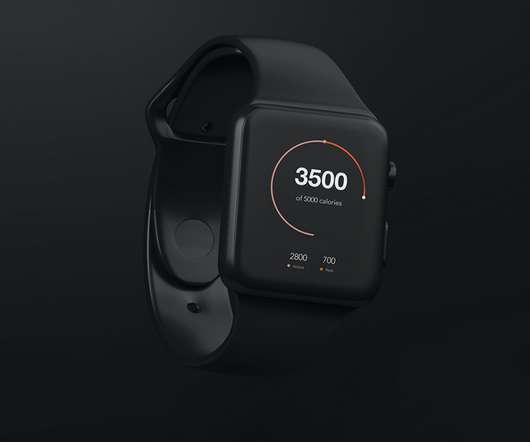How Soft Skills Can Save a Business
The Product Coalition
JUNE 11, 2019
For a little over ten years, Nokia was the industry juggernaut in the wireless industry. by owning all ineffective outcomes of their blood-testing technology before it was too late. The Tangible Possibilities All of these examples may seem like a preachy case against corrupt CEOs and individuals in leadership positions.















Let's personalize your content